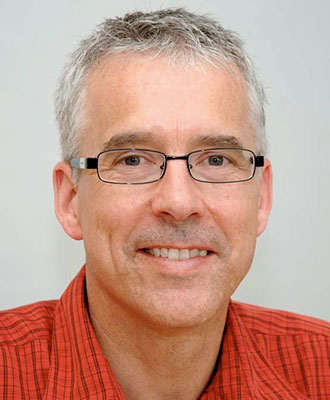Unless the capacity is exceeded, we will not respond to your email. Attendance is free, just bring along your lunch.
RSVP NOW for the next Microseismic User Group (MUG) event.
If you have any questions, please contact:
Paige Mamer, Paige.Mamer@tgs.com,
Johnny Wentzel, Johnny.Wentzel@esgsolutions.com
Abstract
A new Matched Filtering Analysis (MFA) method has been developed for detecting and analyzing microseismic events recorded by downhole monitoring of hydraulic fracturing. This method requires a set of well-located template (‘parent’) events, which are obtained using conventional microseismic processing and selected on the basis of high signal-to-noise (S/N) ratio. Detection and extraction of ‘child’ events is based on stacked, multi-channel cross-correlation of the continuous waveform data using the parent events as reference signals. The location of a child event relative to its parent is determined using an automated process, by rotation of the multi-component waveforms into the ray-centered co-ordinates of the parent and maximizing the energy of the stacked amplitude envelope within a search volume around the parent’s hypocentre. After correction for geometrical spreading and attenuation, the relative magnitude of the child event is obtained automatically using the ratio of stacked envelope peak with respect to its parent.
Since only a small number of parent events require interactive analysis such as picking P- and S-wave arrivals, the MFA approach offers the potential for significant reduction in effort for downhole microseismic processing. Our algorithm also facilitates the analysis of single-phase child events, i.e. microseismic events for which only one of the S-wave or P-wave arrival is evident due to unfavourable S/N conditions.
A case study will be presented, using microseismic monitoring data from 4 stages of an open-hole slickwater hydraulic fracture treatment in western Canada demonstrates that a sparse set of parents (in this case, 4.6% of the originally located events) yields a significant (four-fold) increase in the number of located events compared with the original catalog. Moreover, analysis of the new MFA catalog suggests that this approach leads to more robust determination of catalog b-value and novel insights into dynamic rupture processes based on the average temporal (foreshock-aftershock) relationship of child events to parents.
Biography
Professor Dave Eaton received his B.Sc. from Queen’s University in 1984 and M.Sc. and Ph.D. from the University of Calgary in 1988 and 1992. He rejoined the University of Calgary in 2007 after an 11-year academic career at the University of Western Ontario. His postdoctoral research experience included work at Arco’s Research and Technical Services (Plano, Texas) and the Geological Survey of Canada (Ottawa). He is presently co-director of the Microseismic Industry Consortium, a novel, applied-research geophysical initiative dedicated to the advancement of research, education and technological innovations in microseismic methods and their practical applications for resource development. In addition to microseismic monitoring, his current research is also focused on the lithosphere-asthenosphere boundary beneath continents. He has over 115 peer-reviewed publications.
Dr. Enrico Caffagni is currently a post-doctoral fellow at the University of Calgary. He joined Prof. Eaton’s group in 2013 and has been involved in several activities within the Microseismic Industry Consortium project including the HFME experiment; reprocessing microseismic data from the tight-sand reservoir of Hoadley in western Canada. His research also includes long period long duration events and comparison with regional earthquakes detected using the Hoadley data, as well as cross-correlation techniques by matched filtering for detection and location of weak microseismicity. He is currently initiating an investigation of a suspected case of induced seismicity in Western Canada and conducting studies in basins of edge-effects surface waves.
Dr. Caffagni has presented at various international conferences, including the EAGE, 2014. He has also contributed to peer reviewed journals as first author and a co-author. He previously obtained his PhD at the University of Modena and Reggio Emilia, in Modena (Italy).





